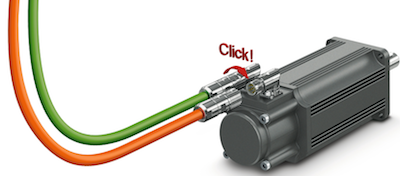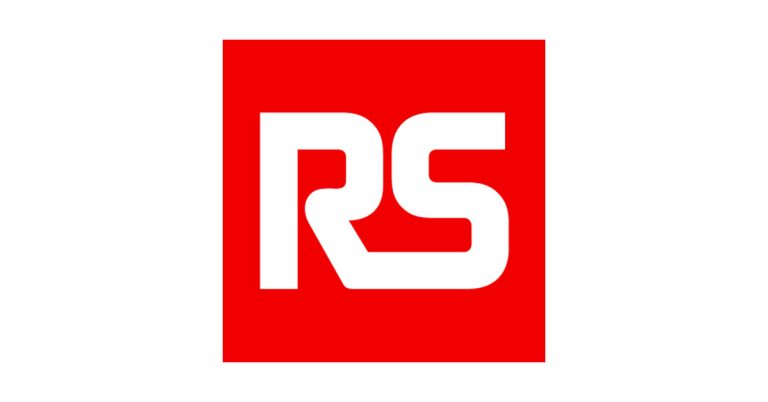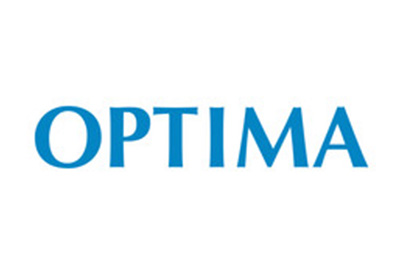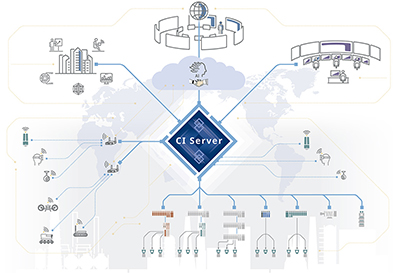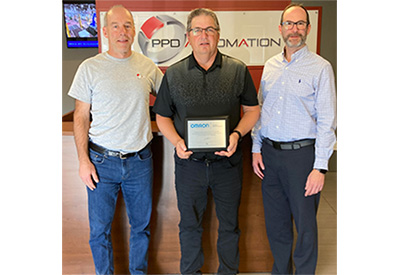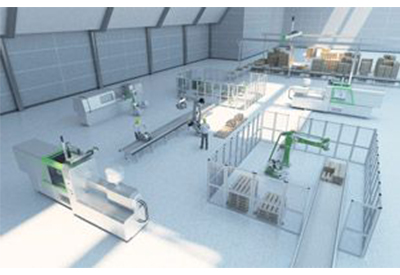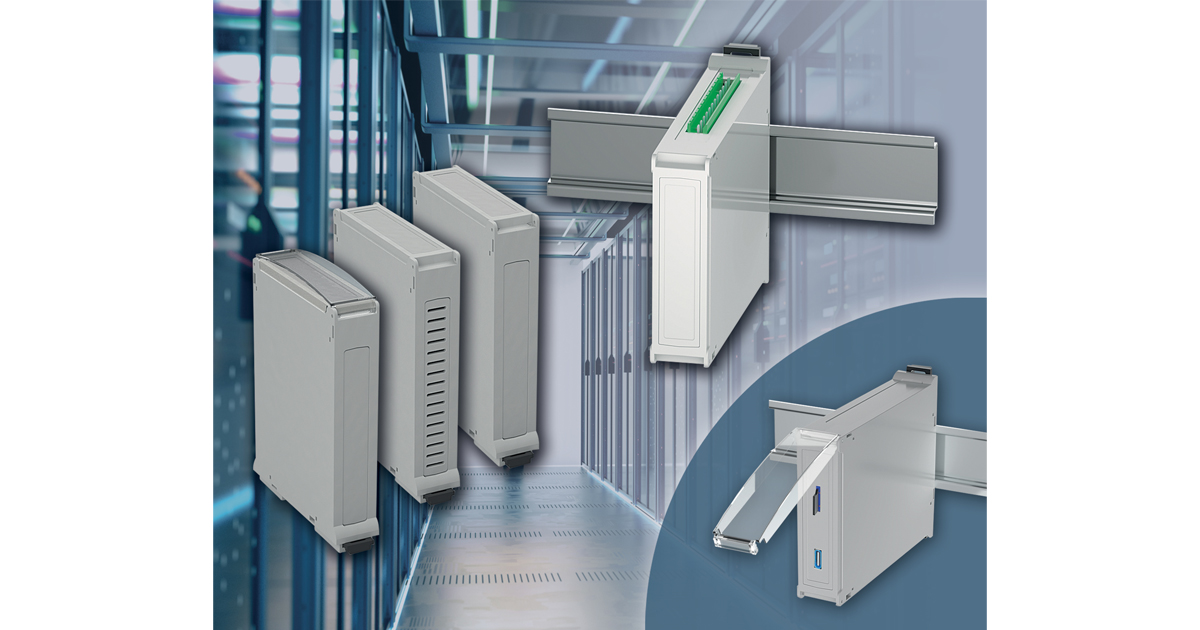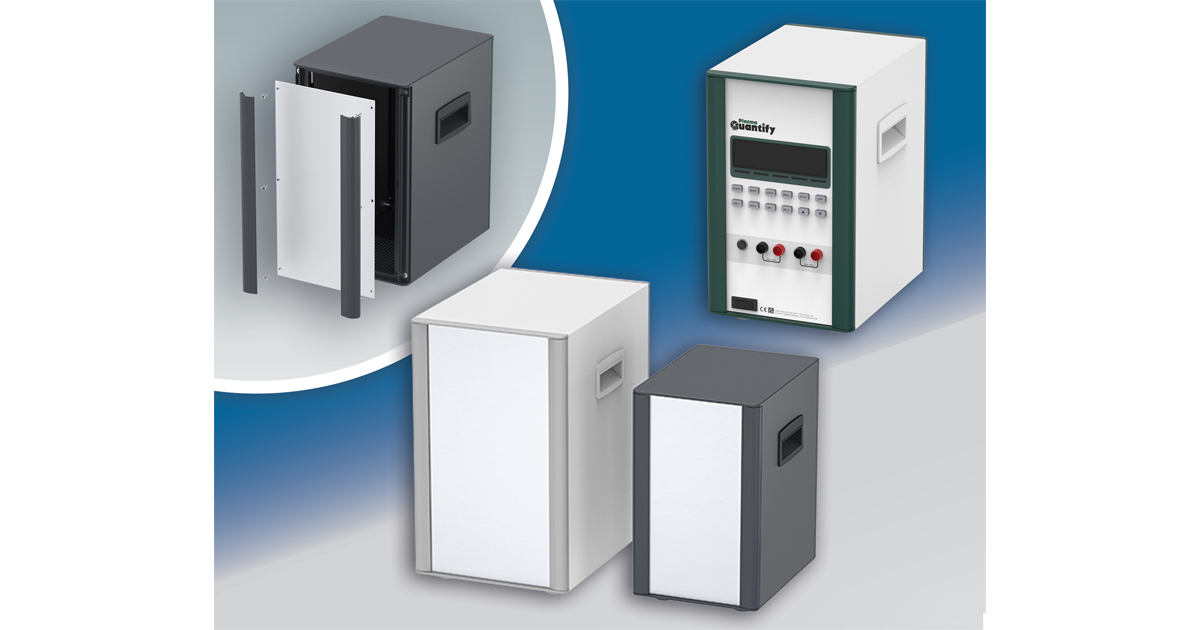SPE System Alliance: Cross-Industry and Cross-Application Alliance for Single Pair Ethernet Technology

May 4, 2020
The technology partnership between Phoenix Contact, Weidmüller, Reichle & De-Massari (R&M), Fluke Networks, and Telegärtner for the Single Pair Ethernet (SPE) has progressed to create the SPE System Alliance.
In this group, leading technology companies from various industries and fields of application have come together to bundle their respective SPE expertise and ensure the target-oriented exchange of this knowledge. The partners in this group are pursuing the goal of driving the development of SPE further forward for the Industrial Internet of Things (IIoT) and may branch out to other areas as well. The System Alliance has now also been joined by Datwyler, Kyland, Microchip Technology, Rosenberger, SICK, O-Ring, Draka/Prysmian Group, and University 4 Industry.
Synergies in the SPE System Alliance
The network aims to collaborate on the technological challenges faced when implementing SPE in IIoT applications. The goal of the companies is to accelerate their own development of expertise in SPE technology and to allow it to be implemented faster and more reliably in their products.
Through this orientation toward a cross-industry and cross-application exchange platform, companies from all future SPE ecosystems are coming together. The focus is not, however, on individual aspects such as connection technology. Instead, the focus is on questions and challenges that continue to exist with many market participants in connection with SPE. Rule exchange formats and collaborative project activities provide the freedom for close cooperation. The members are already working together in the first sub-communities, in the fields of connection technology, standardization, SPE use-case reports, and even for cable solutions, among others.
Thanks to its broad lineup, the SPE System Alliance already covers a large range of applications and fields of application:
SPE in the automotive field – impetus from the automotive industry
Ethernet systems are being installed increasingly in the vehicle generations of today. Through the networking of control devices and sensors, further innovations in the fields of driver assistance systems such as LiDAR, high-resolution displays, autonomous driving, 4K cameras, and infotainment can be realized.
The development of the automobile Ethernet has led to the creation of two IEEE standards: 100BASE-T1 (100 Mbps based on BroadR-Reach technology) and 1000BASE-T1 (1 Gbps). Limit values for the connectors and cables and the associated measurement methods were defined from the demands on the overall channel. The partner company Rosenberger played a leading role in the standardization in both standard committees in the fields of automotive connector design, signal integrity, and EMC.
SPE for building automation
The Internet of Things (IoT) allows smart buildings and factories to become a reality more easily and cost-effectively. With this IP protocol, LED lamps, switches, sensors, thermostats, machine control systems, and motors for window blinds are connected via the local data network and the cloud to the building management system. Application-specific fieldbus systems are no longer needed, meaning that gateways, complex interfaces, and different protocols are not necessary either. With the structured ceiling cabling (the Digital Ceiling), intelligent building automation can be combined via IP seamlessly. This simplifies installation, maintenance, and network management. In most cases, high data rates are not needed, but a high connection density is. SPE is considered an ideal addition for the Digital Ceiling. The existing cabling infrastructure can easily be expanded with SPE for higher port density. Both, R&M and Telegärtner provide Digital Ceiling solutions and can show the implementation of SPE into such a system.
SPE in the passive industrial cabling field of connectivity
SPE provides consistent IP communication from the field level right through to the corporate level, and therefore from the sensor through to the cloud. As an alternative to today’s fieldbus systems, this technology will revolutionize industrial data transmission. Standardized pin connector patterns form the basis for the barrier-free networking of a wide range of components and devices. Phoenix Contact, Weidmüller, R&M, Rosenberger, and Telegärtner develop compact device and cable connectors in accordance with the standardized and fully compatible interfaces in accordance with IEC 63171-2 (IP20) and 63171-5 (IP67). The pin connector pattern can be integrated into all conventional and standardized connector versions (M8/M12) and enables efficient and future-proof cabling thanks to the high packing density and low space requirements.
SPE in sensor technology
Now, in addition to their use in classic automation technology, sensors are increasingly being integrated as intelligent data suppliers into IIoT applications via Ethernet networks. Due to the miniaturization of the connection technology that has become possible with SPE, smaller and spatially limited sensors can also be connected to Ethernet networks.
An additional advantage is yielded by combining SPE with the power supply over the data line. This means that additional plug connections to the voltage supply are no longer needed. Moreover, the use of SPE as the standard interface allows device manufacturers to provide an optimized range of devices with fewer versions. Sensors in a machine or system can be cabled more easily and reduce the installation work for the user.
SPE cables and lines
In SPE fields of application, the transmission channels are created from various cables and a varying number of plug connections. While the transmission channels are specified through transmission parameters such as bandwidth, attenuation, return loss, and shielding dimensions in the system standards (e.g., the ISO/IEC 11801 series of standards), the connectors and cables must then be tailored to the respective channel.
The work being performed in the IEC46C committee is taking the lead here. Cables with a 20 MHz bandwidth for fixed routing, connecting cables suitable for the 10BaseT1 channels, and cables with a bandwidth of 600 MHz for 100BaseT1 and 1000BaseT1 are available (IEC 61156-11 series of standards and those following).
Along with the transmission of signals, the advantage lies in the simultaneous transmission of power along the single-pair cable, for example from the switch to the sensor. Known as PoE in the field of building cabling, the single-pair cable is called PoDL (Power over Data Line) here. Coordinated with the cross-sections and channel length, powers of up to approx. 15 W can then be transmitted.
The different ambient conditions in industry and in building technology result in requirements on the mechanical, chemical, thermal, fire-related, and even electromagnetic resistance aspects. The system partners contributing their experience in this field are Datwyler and the Draka Prysmian Group.
Online education for SPE
Ethernet in general and SPE in particular play a central role in the establishment of the Industrial Internet of Things. Often, however, the need for further training of employees is not considered when introducing such technologies. This is where University4Industry helps with online learning content from various areas of IIoT, e.g. on the topic of Ethernet APL.
![]()
https://singlepairethernet.com/en/

